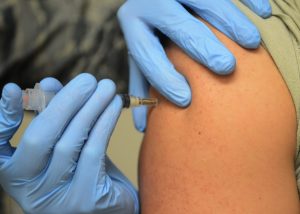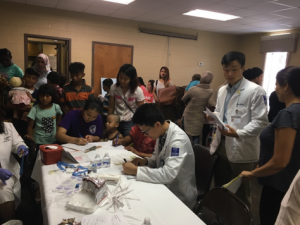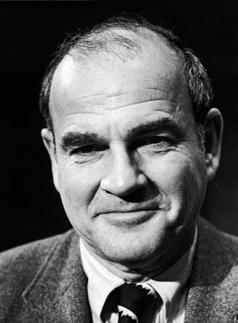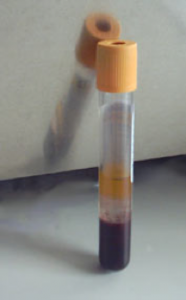 The Hepatitis B vaccine is a safe and effective 3-shot series that protects against the hepatitis B virus. If you do not have a current hepatitis B infection, or have not recovered from a past infection, then hepatitis B vaccination is an important way to protect yourself. The recommended schedule for the hepatitis B vaccine is to receive the first shot, followed in one month by the second shot. Six months following the first shot, you should receive your third and final shot of the series.
The Hepatitis B vaccine is a safe and effective 3-shot series that protects against the hepatitis B virus. If you do not have a current hepatitis B infection, or have not recovered from a past infection, then hepatitis B vaccination is an important way to protect yourself. The recommended schedule for the hepatitis B vaccine is to receive the first shot, followed in one month by the second shot. Six months following the first shot, you should receive your third and final shot of the series.
If you wish to ensure you have generated adequate immunity, and are protected, you can have your anti-HBs (HBsAb) titres checked 4-8 weeks following the last shot of the hepatitis B vaccine series. If your titer is greater than 10 mIU/mL, then you have adequate immunity which is thought to confer lifetime immunity, but studies so far show 30 years. This is because these studies are on-going!
Please note that checking anti-HBs titres is not generally recommended for all vaccine recipients, with the exception of those that are at greater risk of infection. This includes but is not limited to health care workers, those with sexual partners with hepatitis B, and those living in a household where someone is infected. Talk to your doctor if you think you might be at higher risk and need to have your titres checked.
So what happens if you go for shot one, followed by shot two in a month, but you never get to shot three? The minimum length of time between the three shots in the series is 0, 1 month, and 6 months. This is the schedule recommended for the shortest amount of time, with the best immune response for the general population. However, if you don’t get to shot three of the series for another two years, or if you never got to shot two, you can resume right from where you left off, and continue without the need for repeating the series. Just remember that you are not fully protected until you have completed the series.
Here is a rule to remember the minimum time in between shots in the series:
Dose 2 should be separated by dose 1 by at least one month (4 weeks or 28 days)
Dose 3 should be separated by dose 2 by at least 2 months (8 weeks) AND from dose 1 by at least 4 months (16 weeks).
Keep in mind that the goal is to get people protected in the shortest amount of time, with the fewest number of doses. If you do not complete the series, you will not have adequate, longterm protection from hepatitis B.
What happens if you don’t have your vaccine records, and you have no idea if you ever got shot 1 or 2, and you just want to repeat the series? There is no concern with repeating the HBV vaccine series, so if you are unsure, please start the series from shot 1.
What about an accelerated schedule? Generally doctors advise against an accelerated schedule since it requires a 4th dose in order to provide long term protection. It’s hard enough to get people to adhere to the 3-shot schedule. Planning for a 4th dose in a year is a challenge.
What happens if you are pregnant; is it safe to get vaccinated? Absolutely yes!
What do you do while you’re waiting to complete the series? Be sure to take basic precautions avoiding direct contact with infected blood and practice safe sex.
Be sure you and your loved ones vaccinated are against hepatitis B so you can be hepatitis B free for life!




 How many years have you had hepatitis B? The longer you’re infected, the higher your risk of liver cancer.
How many years have you had hepatitis B? The longer you’re infected, the higher your risk of liver cancer.
